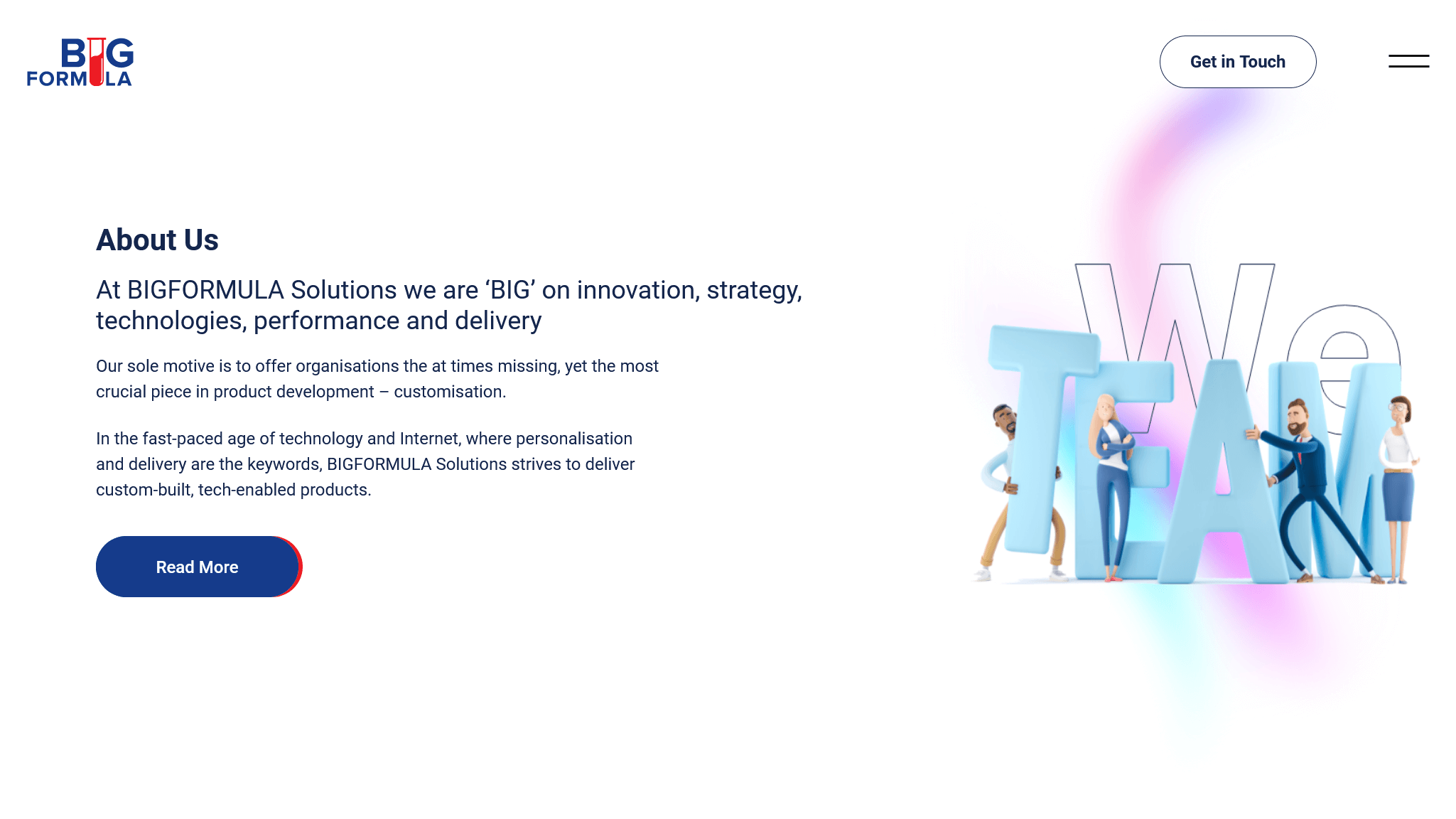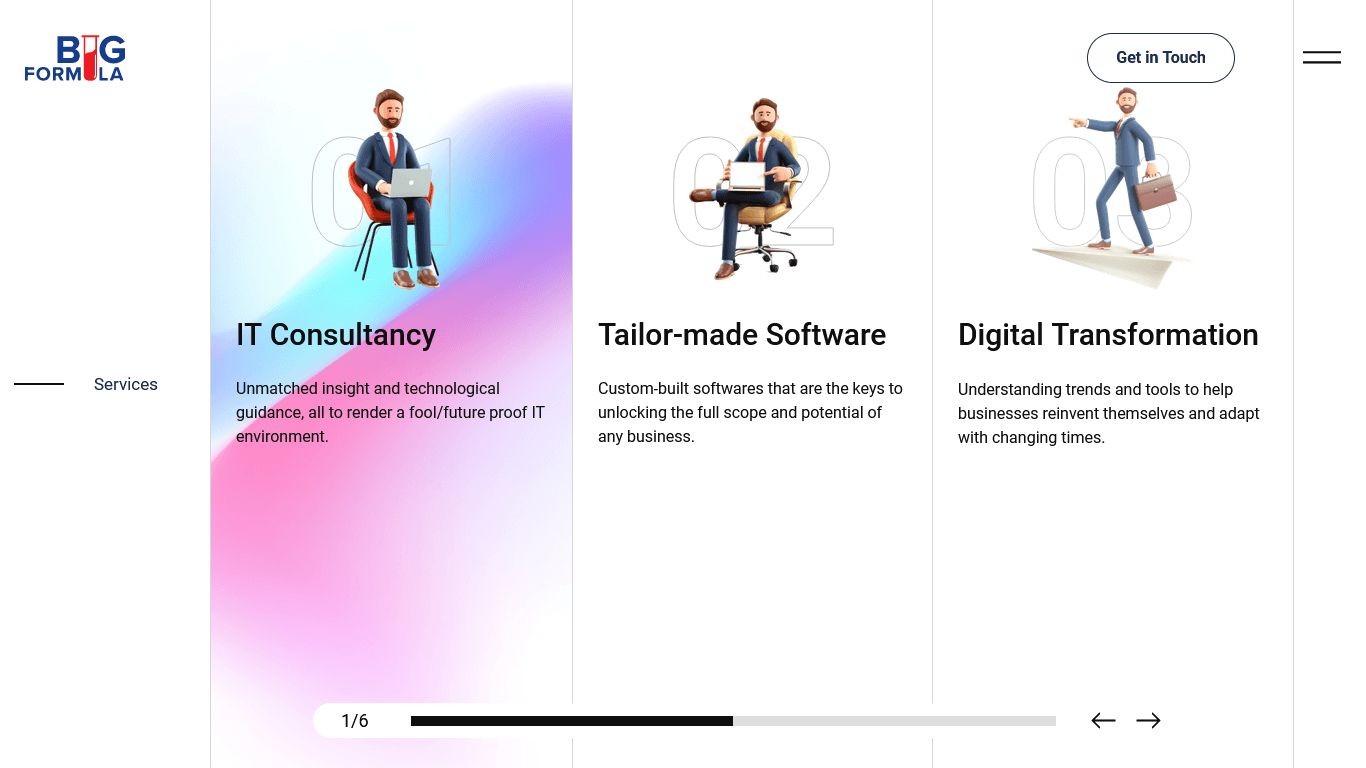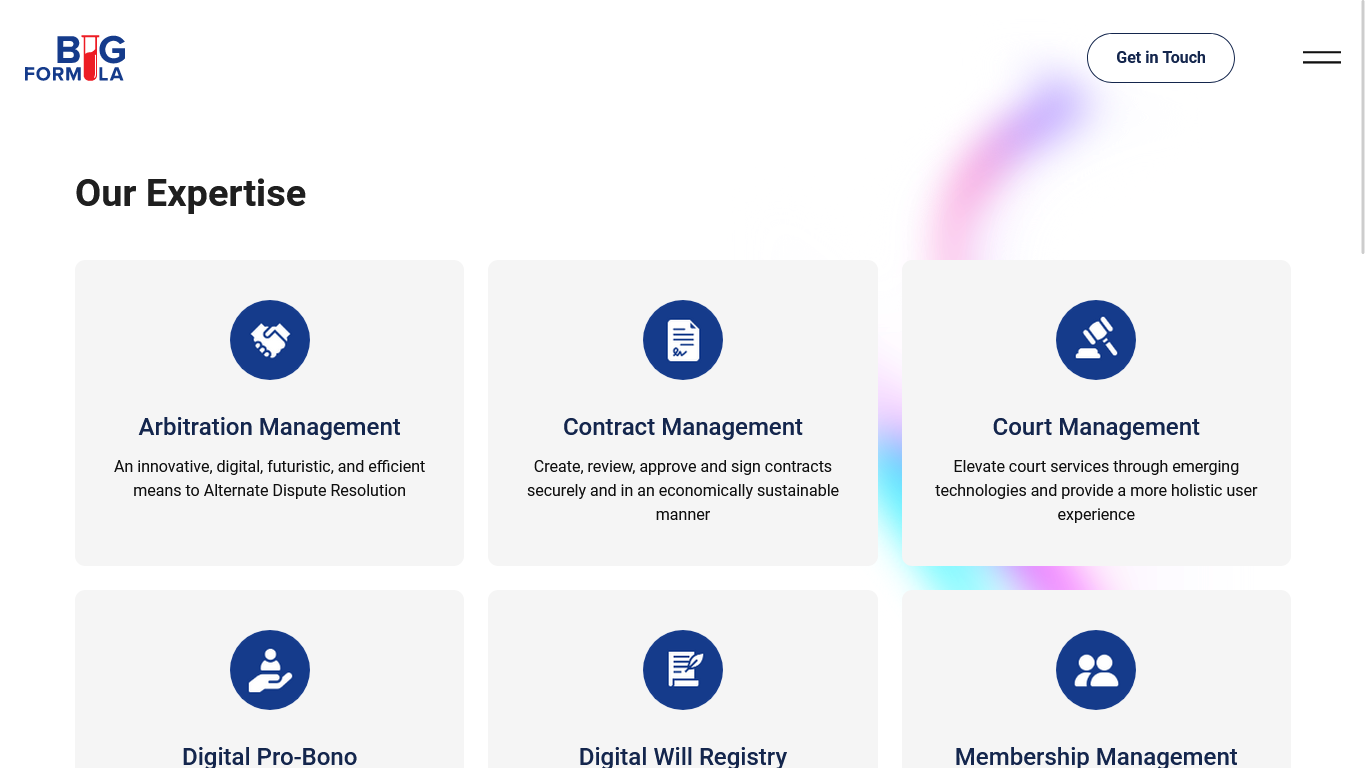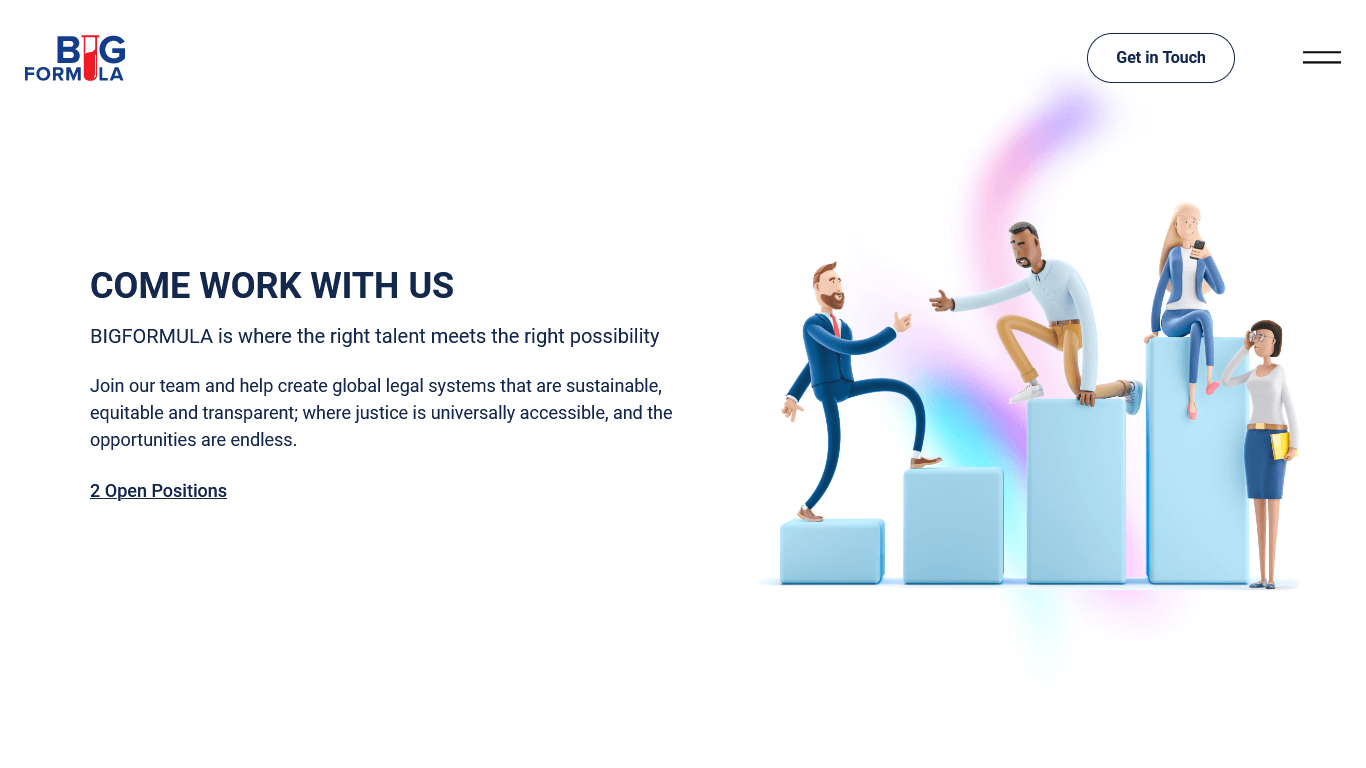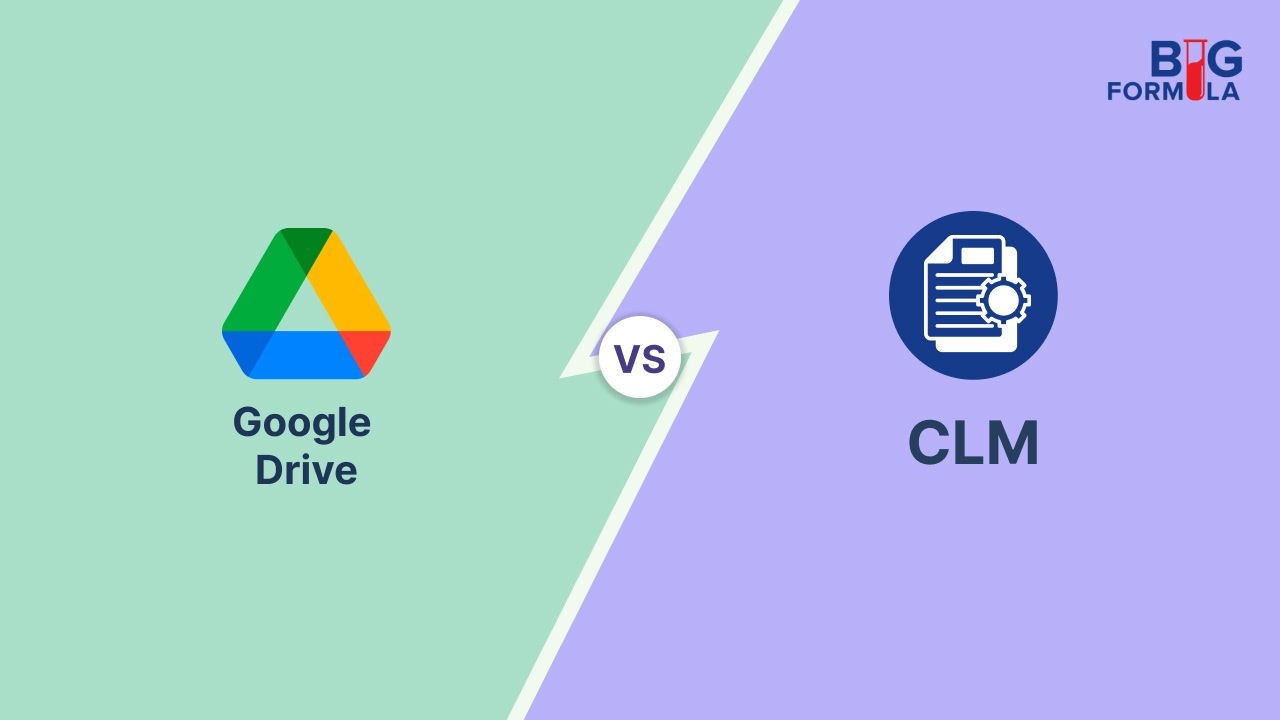The Digitally Transforming Facets of Alternate Dispute Resolution
Not only does Digital Transformation aid an organisation in its organic growth and development, but it also holds the key to innovation. One simply must look no further than the current upward trajectory of alternate dispute resolution centres across the world to understand the true and lasting effects of digital transformation within the legal and judicial system.

Do you remember life before computers? What was it like before smartphones became inseparable parts of our appendages? How did people get the news before the Internet? How did we survive without the many machines that now monitor and aid us in our daily activities? How did businesses function with just paper and ink? Although advanced technology has only been around for a brief time in most of our lives, it has so well and truly overtaken it that we scarcely remember a time before its ever-present convenience. (How did people remember spellings before auto-correct?!) Life before computers and smartphones is now unimaginable; and businesses today are not merely functioning – thanks to all the technological advancement – but are in turn actively contributing to an evolved quality of life.
The Name of the Game: Digital Transformation
It is one of the biggest and the most impactful buzz words of our time. Digital Transformation is now a crucial element in a business’s path to success. It is the process of modifying how an organisation makes use of technology, the expertise of its employees, and its internal procedures to enhance business performance and implement new business models. This cultural revolution, which is accompanied by the adoption of emerging, advanced technologies, influences all areas of the business, including sales, marketing, operations, and customer service. Not only does it aid an organisation in its organic growth and development, but it also holds the key to innovation.
Make no mistake: no one is immune to it. With times as they are, with us at the rear-end of a devastating Pandemic, and with the looming inevitability of the Climate crisis, the stakes today are much higher. Businesses have had to rethink and reinvent the way they work, provide services or at the very least, make their presence known. And nowhere is this truer than in the echoing chambers of legal and judicial institutions that of late have been revolutionised by the indisputable prowess of legal and justice technology.
The New Shape of Legal and Justice Technology
When technology first entered the mainstream legal platform; when legal and judicial institutions were first introduced to the idea of technology enhancing their work, they were titled ‘disruptive.’ In fact, that moniker is still prevalent among certain circles where technological advancements is misconstrued as a replacement to human effort. But with time and persistence (more so on the part of the champions of legal and justice tech) there have been increasing instances where technological advancements especially within the domain of legal and justice technology have proven to be the better, more viable solutions. One simply must look no further than the current upward trajectory of alternate dispute resolution centres across the world to understand the true and lasting effects of digital revolution within the legal and judicial system.
The Journey from Alternate Dispute Resolution to Online Dispute Resolution
One of the biggest revelations of the Pandemic was around the over-burdened states of legal and justice systems across the world. It was around then that we learnt about the concepts in alternate dispute resolution systems; and the true potential of arbitration, mediation, and adjudication. Previous global conventions like the New York Convention for Arbitration, the Hague Convention on the Choice of Court Agreements for Litigation and the Singapore Convention on Mediation had brought the ideas of Alternate Dispute Resolution (ADR) into the limelight; and advocacy and consultancy in ADR had already become global professions. As the foremost options in resolving international business disputes ADR was where jurisdictions to practice easily moved beyond borders.
But it is safe to say that the switch from ADR to ODR – Online Dispute Resolution – found its pace during the height of the Pandemic. While ADR had proved itself as the light at the end of a long tunnel of pending disputes, with the rise of e-commerce disputes and the added restrictions of lockdowns and social distancing, ODR had emerged as the better, more practical approach to dispute resolution. To that end, International Arbitration Centres and Institutions facilitating Dispute Resolution, all turned to technology to enhance their processes, scopes, and access.
BIGFORMULA Leading the Charge in Digital Dispute Resolution
Emerging technologies have provided the practitioners of ADR with the most sophisticated tools that address the extremely specific needs individually. Besides easing arbitral procedures and making them more easily accessible and efficient, digital transformation within dispute resolution has created a whole new space for diversity, inclusiveness, and equality with the international arbitration sphere.
At BIGFORMULA, we are acutely aware that new and advanced technologies are constantly shifting the paradigm – especially when it comes to roles and responsibilities that were once thought to be resolute and unshakable. We understand that technology has firmly cemented itself as the backbone of the new and improved future of digital dispute resolution and there is no turning back from it. We also understand that preparing practitioners within the dispute resolution industry is the most viable way to ensure that the envisioned digital future is open and accessible to everyone.
To that end, we have equipped several international arbitration centres across the world with the means to conduct all their arbitration, mediation, adjudication, and membership management services completely digital and entirely paperless. Our highly advanced and entirely customisable platforms come with easy-to-use interfaces that automate and simplify alternate dispute resolution procedures. With enhanced security, flexible configuration, improved communication and transparency, the solutions allow their users to cater to a wide variety of needs and make accurate data-driven decisions – all in a systematic and comprehensive manner.
In Conclusion
When employing new digital tools or technologies, the best tool is not always the fanciest one; instead, it is the one that benefits the practitioner the most and meets their individual demands. Albeit a new and steadily evolving field of study, in a short span of time, Digital Dispute Resolution has proved itself to be just that. While life did exist before smart phones and computers; and yes, even disputes were resolved without the use of advanced technology, it is important to remember the enormous benefits digital transformation has brought with it and the many lives that have been changed for the better through it. As the world travels more swiftly and irreversibly into the digital realm, it is now more vital than ever before that we prepare ourselves for the inevitable future – one that, if the recent achievements in Artificial Intelligence (AI) are anything to go by, is going to be remarkably interesting.
Are you a Dispute Resolution Centre looking to digitally enhance your services? Discuss your needs and goals with BIGFORMULA.
Reach out to us and schedule a Free Legal Tech Consultation.


